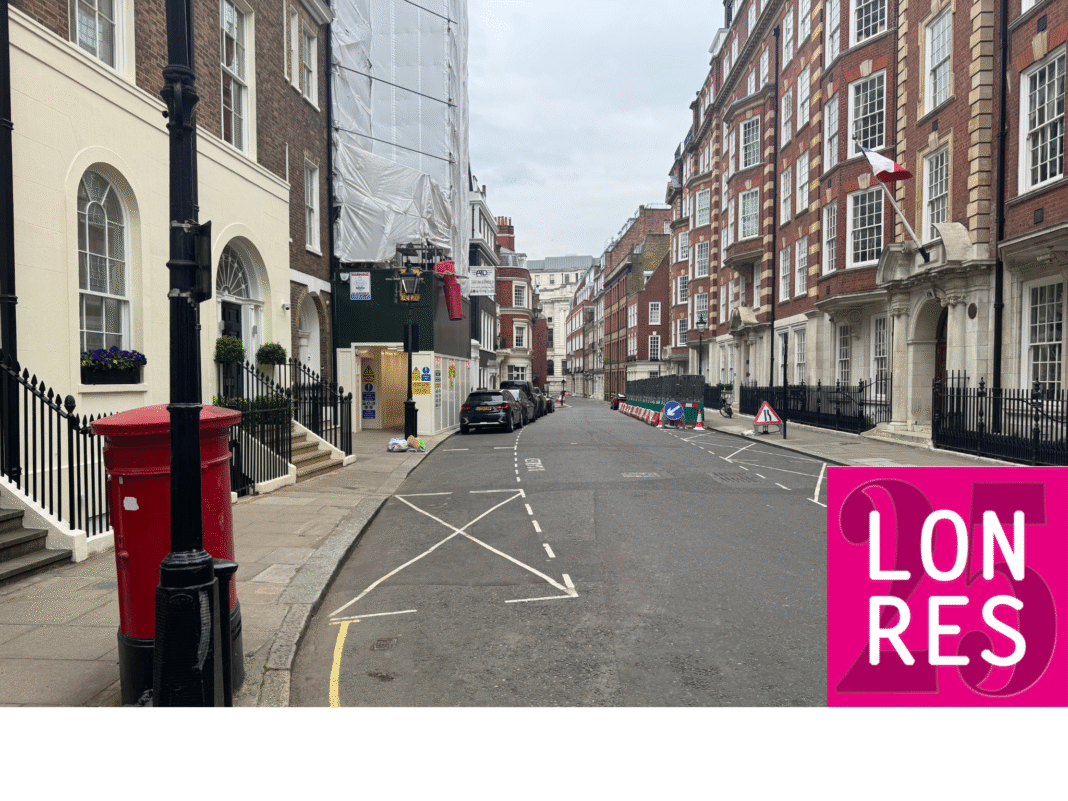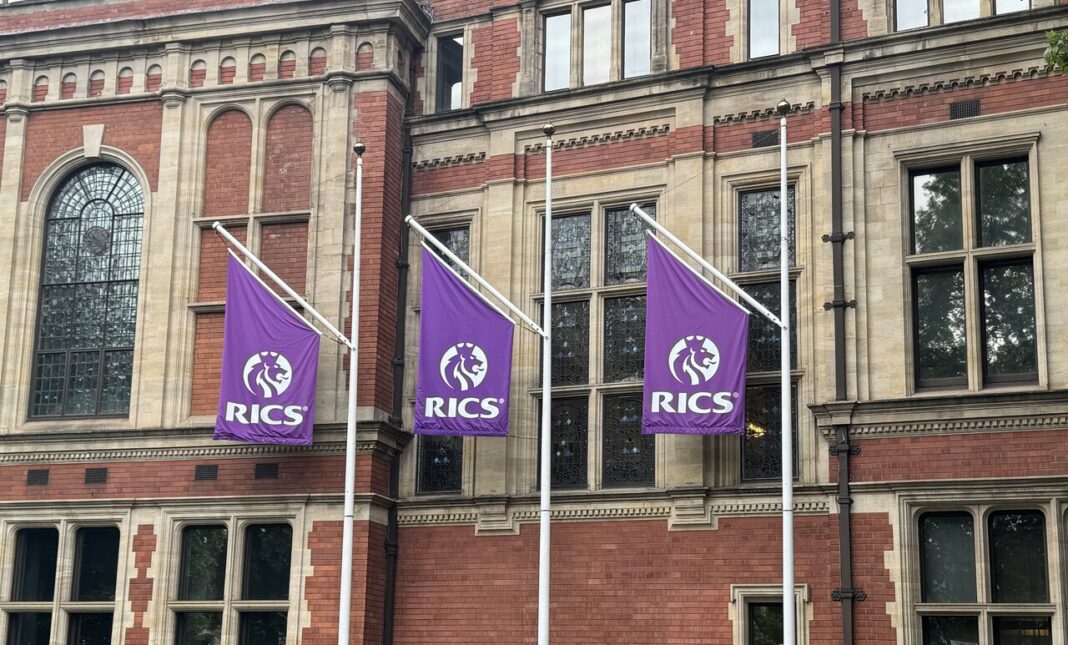The prime London property market showed signs of tentative stabilisation in June, as house values held firm and buyer activity showed early signs of recovery despite ongoing sluggish transaction volumes.
According to the latest data from LonRes, average achieved sale prices across prime postcodes fell by just 0.2% year-on-year – effectively flat – while remaining 1.7% above pre-pandemic levels (based on a 2017–2019 average).
Underlying market activity, however, remains muted, with sales transactions down 27.1% compared with June 2024, and 18.4% below their pre-Covid average.
Despite this subdued picture, a rise in properties going under offer – a key forward indicator – offers a glimmer of optimism.
IMPROVED COMPLETIONS
Under offer numbers were up 9% annually and 22.7% above pre-pandemic norms, suggesting the second half of the year could see improved completions.
New sales instructions in June were 19% higher than a year earlier and 20.1% above the 2017–2019 average. Price reductions are also becoming more widespread, up 50.6% year-on-year, indicating a more price-sensitive market. The stock of homes available for sale was 13.3% higher than last June and up 40.2% on June 2020.
SUPER-PRIME STEADY
In the super-prime market, defined as homes priced above £5 million, activity remained steady. New instructions in this segment rose 42.9% year-on-year, while available stock climbed 24.7%.
Transactions were 7.7% lower than in June 2024 but remain 27.9% higher than pre-pandemic averages for the first half of the year.

Nick Gregori, Head of Research at LonRes, says: “June completed a lacklustre second quarter for the prime sales market.
“But there are early signs the market may be turning a corner, with under offers strengthening and pricing holding steady.
“Vendors are increasingly active, and while buyer sentiment remains fragile, a more stable macroeconomic picture could improve confidence.”
RENTS STILL CLIMBING
On the lettings side, prime rents climbed 5.6% year-on-year in June – up from 3.1% in May and marking the second-highest annual increase in 18 months.
Rents are now 35.7% above pre-pandemic levels. While lets agreed were down 6.5% annually, new rental listings jumped 22.9%, and available rental stock rose 9.2% – a sign that supply constraints may be starting to ease.
Much of the new supply is coming from landlords switching from the sales market.
For the first time this year, rental availability grew across all price bands above £750 per week, with the highest-end segment (£5,000+ per week) surpassing 2019 levels.
HIGH DEMAND DESPITE MORE STOCK
Gregori adds: “The prime rental market is finally seeing more stock, which should help ease pressure on tenants.
“But demand remains high, and until supply returns to historic norms, rents are likely to remain elevated.”
While the market is far from buoyant, the data suggests prime London is recalibrating rather than retreating.
Price stability, coupled with increasing buyer interest and stronger lettings supply, may signal a cautious return to equilibrium – assuming wider economic conditions remain steady.










